As early as 1966, General Motors in the U.S. introduced an experimental EV called the Electrovair II, based on the Chevrolet Corvair. It was equipped with the most advanced silver-zinc batteries and aerospace-grade electronic technology of the time. Its acceleration performance nearly matched that of the 110hp gasoline-powered Corvair, while offering the advantages of no noise and no vibration. However, its fatal flaws were limited driving range and long charging time: a full charge only offered a range of 40 to 80 miles (about 64.37 to 128.75 km) and required nearly six hours to recharge. These practical limitations ultimately caused this seemingly forward-thinking attempt to fall short. Nevertheless, the Electrovair II served as a key revelation for the automotive industry—it showed that once the performance potential of EVs is unleashed, they could pose a serious challenge to the dominance of fuel-powered vehicles.
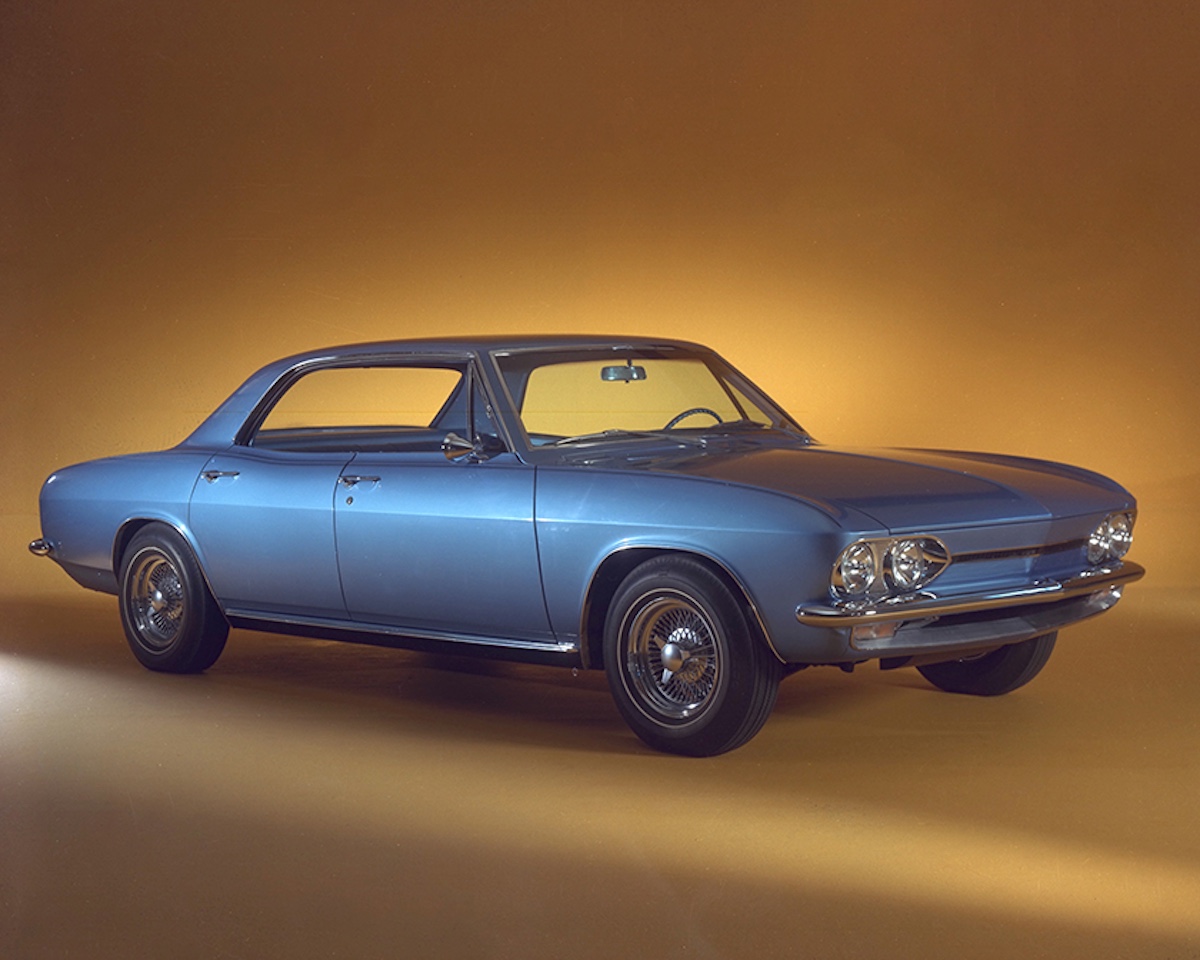
Yet even as the industry has evolved, the internal combustion engine still holds its place as the market mainstream, contrary to the rapid decline predicted by some. In fact, many automakers are reinvesting in fuel technologies, aiming to strike a balance between performance and environmental responsibility in today's market. Toyota’s modern Dynamic Force engine series achieves thermal efficiency of up to 41%, significantly higher than the average 30% of conventional combustion engines. In contrast, while EVs boast over 70% energy efficiency, they still face challenges such as high battery costs, insufficient charging infrastructure, and unstable raw material supply. Porsche and Mercedes-Benz have both announced plans to continue developing combustion engines, even launching next-generation fuel-powered SUVs expected to replace the current gasoline Macan. These strategies highlight that the combustion engine has not been eliminated—instead, it is once again in the spotlight thanks to technological innovation.
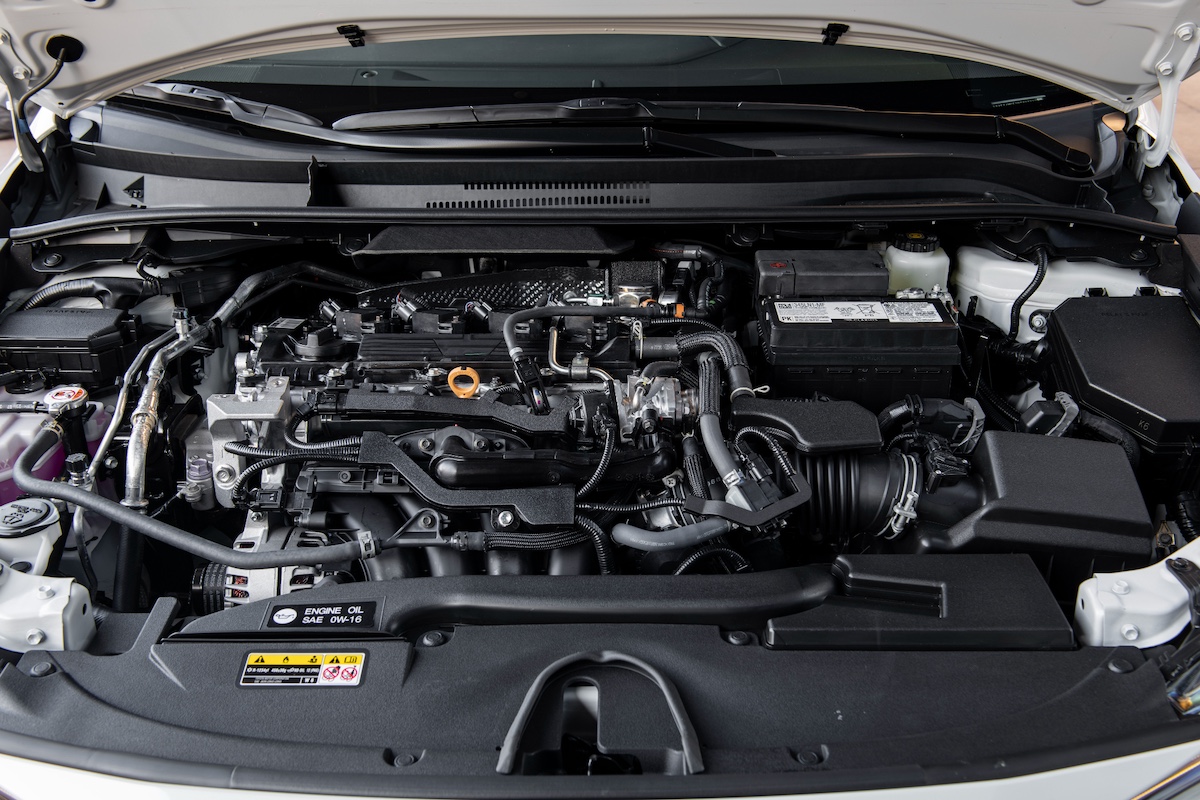
The combination of electric and combustion power systems is also becoming a mainstream concept. Merging internal combustion engines with electric drive systems is currently one of the most cost-effective upgrade paths. Hybrid powertrains allow the engine to operate only within its most efficient range, thereby reducing fuel consumption and carbon emissions. This design philosophy was already implemented in the late 1990s with the Toyota Prius and Honda Insight, which used electric power for starting and gasoline engines for extended range, forming the foundation of modern hybrid technology.
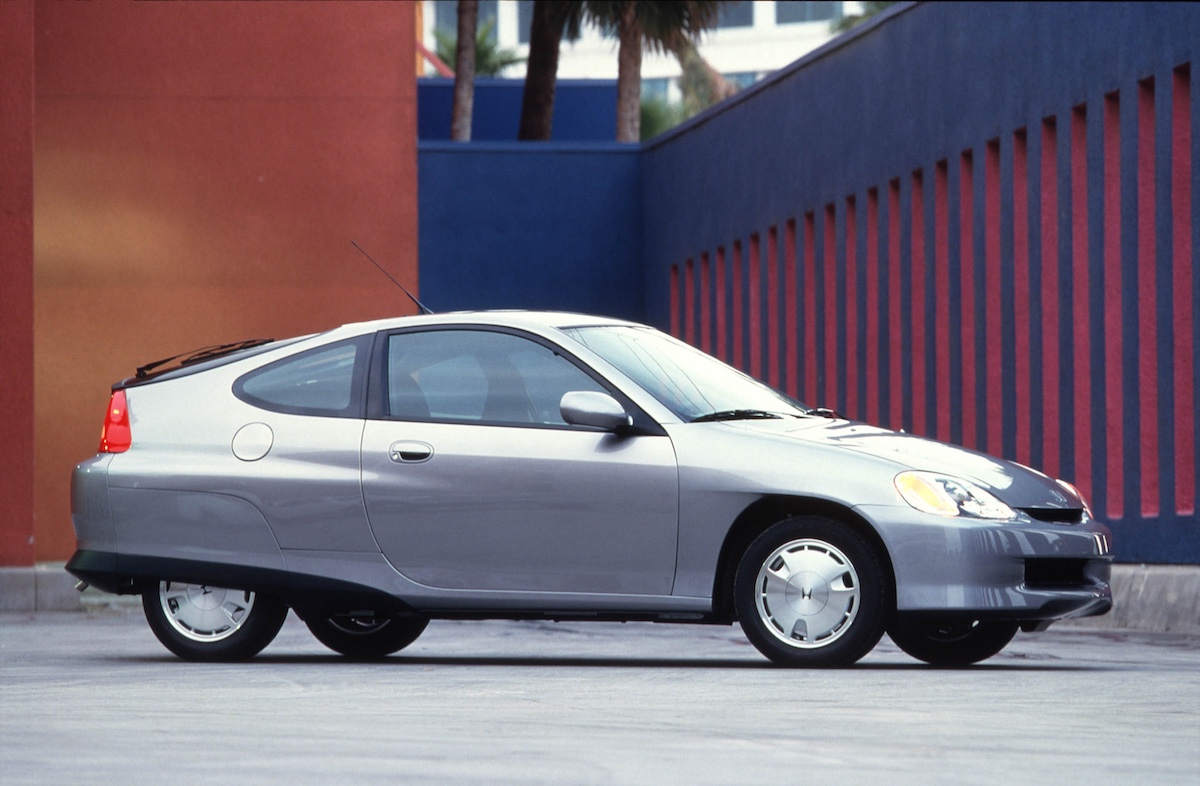
Today, hybrid technology has not only gained importance but also evolved into range-extended architectures. For example, Ram is set to release the Ramcharger pickup truck with range-extending technology, while Nissan’s e-Power system is expected to enter the U.S. market in 2026 with a projected thermal efficiency of 50%. Ford, Mazda, and Subaru have also launched new-generation engine development projects specifically for hybrid systems. Meanwhile, Mercedes-AMG is working to create a highly electrified V8 engine, further driving the fusion of traditional and electric power.
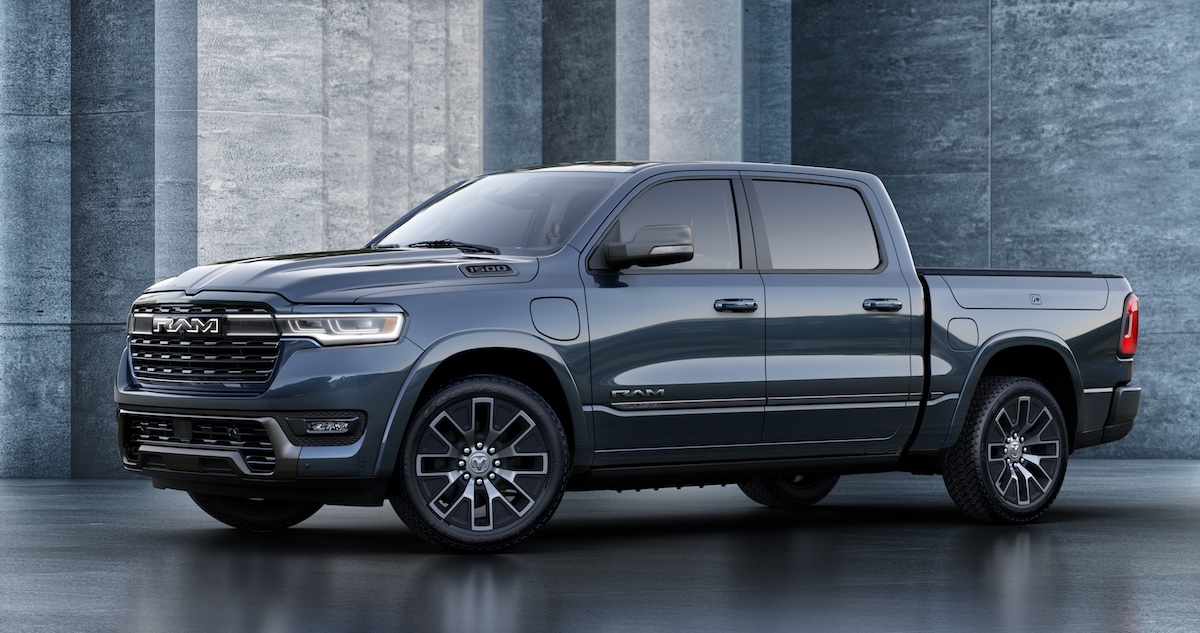
Despite the ongoing evolution of fuel-powered technology, EVs remain a key driver of future trends. Most EVs today use lithium-ion batteries, offering an average range of around 400 km. They support fast DC charging at public stations and slow AC charging at home overnight, making for a more mature user experience.
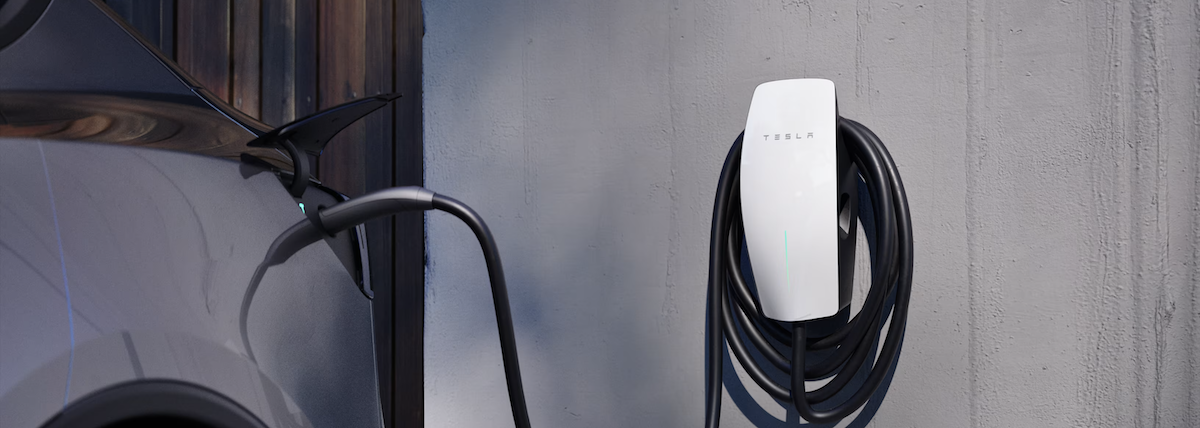
Future battery technology is also rapidly advancing. Sodium-ion batteries are highly anticipated due to their abundant materials and low cost, though they are still limited by energy density and lifespan. Solid-state batteries, regarded as the ultimate solution, are expected to be mass-produced around 2030. They offer faster charging, higher energy density, and better safety, but their high manufacturing cost remains a major barrier. In March this year, Chinese automaker BYD introduced a flash-charging technology that can replenish up to 400 km of range in just five minutes—putting EV refueling speed on par with traditional gasoline refueling for the first time.
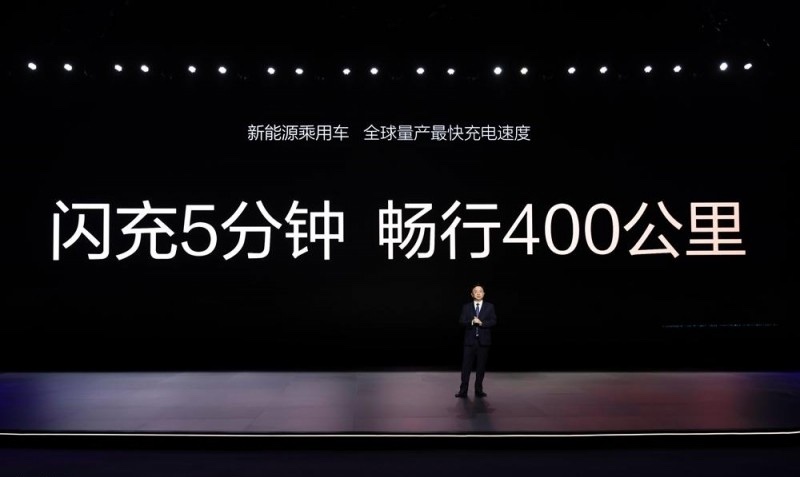
Overall, the transformation of automotive energy is not a simple win-or-lose battle. While EVs are rapidly on the rise, technological innovations in combustion engines and the flexible architecture of hybrid systems are creating a more diverse and coexisting future market. The real key to transformation may not lie in one powertrain's victory over another, but in the pursuit of optimal balance among performance, cost, range, and sustainability.